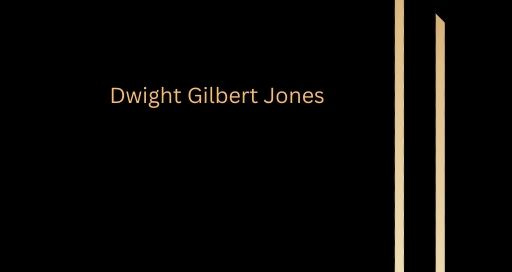https://x.com/i/grok/share/uNHfnme3vAV07qEyIUG97Ox7X
Let’s riff on this idea of Waypoints as our "genetic nest"—a kind of biological anchor that redefines human survival beyond the death of our first phenotype, that initial flesh-and-bone version of ourselves. Dwight Gilbert Jones’s "Perennial Man" lays out this vision: DNA stashed in cryobanks, patiently vitrified at -137°C, waiting for a future where it’s sparked back into life. It’s a radical shift, turning survival from a sprint against decay into a long game of patience and tech. Death stops being the hard stop and becomes a pause—a winter dormancy before the next bloom. Waypoints, then, aren’t just backups; they’re the new logic of existence, a nest we build not for offspring but for ourselves, over and over.
Think about how this scrambles the fabric of what it means to be human. Right now, survival’s tied to keeping this one body going—eat, sleep, dodge the reaper. But with Waypoints, it’s not about clinging to the first phenotype anymore; it’s about banking your essence for a sequel. The nest becomes a bridge, your DNA a seed that doesn’t need to scramble for immortality in real time—it just waits out the storm. Suddenly, the urgency of “now” fades. You’re not racing entropy; you’re outsourcing it to a freezer and a smart contract. Human continuity shifts from a biological fluke to an engineered certainty, assuming the tech holds up and society doesn’t fumble the handoff.
And that’s where it gets wild—will we someday be no more than our Waypoint nests?




